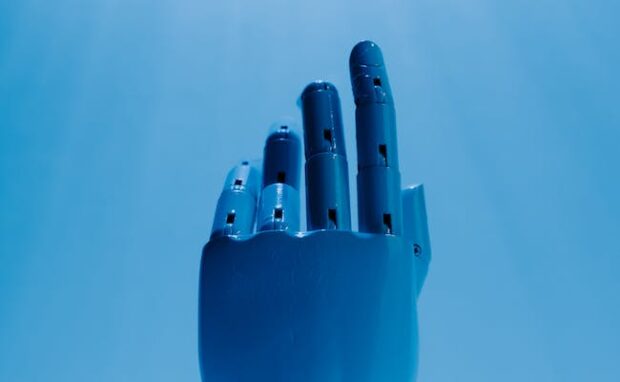3D printing hair and skin is now possible
Rensselaer Polytechnic Institute scientists have 3D-printed hair strands in lab-grown human skin tissue. They have made a significant step forward for skin engineering and opened new possibilities for regenerative medicine. As a result, it could enhance drug testing and develop skin grafts that are more aesthetically pleasing and compatible than previous ones.
Improved skin grafting could help those who experienced serious accidents live normally again. Also, it might be useful for those who want to regrow their hair. On the other hand, this unique method could lead to the creation of more effective drugs. It enables researchers to test medicines on realistic human parts without endangering people.
This article will discuss how researchers discovered 3D-printed hair and skin. Later, I will share some of the latest 3D printing advancements.
How do you make 3D-printed hair and skin?
Carolina Catarino, Ph.D., the first author of this study, and her colleagues used specialized 3D printing methods that operated at the cellular level. They cultivated skin and follicle cells in the laboratory until they obtained enough printable cells.
Then, they combine the cells with proteins to produce a “bio-ink” for their 3D printer. Next, the latter uses an extremely thin needle to deposit the unique mixture layer by layer, creating channels for hair cell deposition.
The skin cells go through these channels, replicating the follicle structures in natural skin. Nowadays, most engineered tissues only last two to three weeks, limiting the development of hair shafts.
Research project leader Dr. Pankaj Karande and his team members want to extend this period, enabling hair follicles to mature further. As a result, it could improve drug testing and skin grafting and show the potential for 3D-printed skin with hair.
“Dr. Karande’s lab is at the forefront of skin tissue engineering,” said Deepak Vashishth, Ph.D., director of the Shirley Ann Jackson, Ph.D. Center for Biotechnology and Interdisciplinary Studies.
“The team has already successfully printed skin with working blood vessels, and this latest research is an exciting next step in developing and testing better treatments for burns and other skin conditions,” Vashishth added.
You may also like: Scientists discover new sense of touch
Dean Shekhar Garde called the team’s work a “great example of advances made by RPI researchers at the interface of engineering and life sciences with impact on human health.”
Catarino also explained the other purpose of their study. She realized that current skin engineering models should consider the complexity of hair follicles.
Contrary to popular belief, they perform essential functions like regulating body temperature by producing sweat. They also have stem cells needed for skin healing.
What are the other 3D printing innovations?

3D printing technology has been making strides in numerous ways. For example, Stanford University researchers created a method of 3D printing organ transplants.
Mark Skylar-Scott, the assistant professor of bioengineering in the schools of Engineering and Medicine, is the head researcher behind 3D printing tissue. He explains how it works.
He and his team use advanced techniques to manufacture thick tissues one layer at a time. It places the exact types of cells needed at the correct spots.
It is like building a tower, brick by brick. Skylar-Scott noted it is suitable for replicating complex organs like the heart. Organs are complicated structures that must balance form and function.
How do Stanford scientists create 3D printer cells? They use stem cells, the ones the body uses to create specialized cells. Then, the researchers apply a special concoction to transform stem cells into organ cells for 3D printing tissue.
At the time of writing, the Stanford team only printed a tube-like structure that pumps fluid like a human vein. Soon, they might print complete organs with further research and development.
You may also like: Scientists create muscles for robots
Also, MIT and ETH Zurich engineers 3D-printed robotic hands with realistic bones, ligaments, and tendons. They used slow-curing polymers instead of conventional fast-curing ones.
They took longer to set, but they gave models unique properties not found in objects made with fast-curing polymers. “Robots made of soft materials, such as the hand we developed, have advantages over conventional robots made of metal,” said Robert Katzschmann, the first author of this 3D printing study.
“Because they’re soft, there is less risk of injury when they work with humans, and they are better suited to handling fragile goods,” Katzschmann added.
Conclusion
Rensselaer Polytechnic Institute researchers discovered a way to 3D print hair and skin. As a result, they may significantly improve drug research and skin grafting worldwide.
The team is expanding the applications of their findings. For example, they are figuring out how to use their research to make aging hair regrow.
Learn more about this study about 3D printing hair and skin on the Science Advances webpage. Check out the latest digital tips and trends at Inquirer Tech.